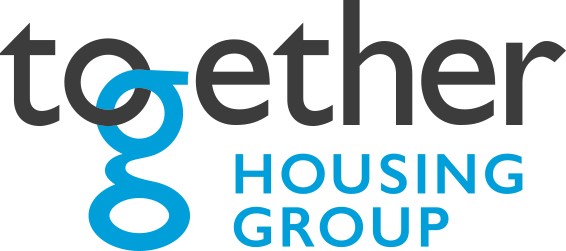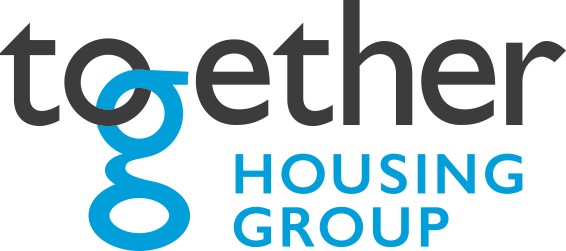Title Page
-
Project name
-
Scope of works
-
Project time frame
-
Principal Contractor
-
Location
-
Conducted on
-
Prepared by
-
Relevant Personnel
-
Third party organisations and companies involved
Notes
-
undefined
CDM Compliance / Health and Safety Checklist Audit
** Site Personnel Training records & Certification - Evidencing **
-
Are relevant training records available on site?
-
Asbestos Awareness
-
Harnesses IPAF Trained
-
Electrical - NIC EIC
-
Gas Safe
-
Manual Handling
-
Working at Height
-
Vehicles on site
-
Other training
** General Site Points of Interest **
-
Who is responsible for Health and Safety / CDM on site
-
The company health and safety policy, Construction Phase Plan, RAMS, COSHH, F10, H&S Law poster, insurance and first aid information available to all.
-
All persons on site have completed a site induction program including the emergency procedure site plan
-
Appropriate site safety signage is in place for hazards in the working are e.g. PPE requirements, hearing protection, eye protection zones, fire signage
-
All persons are aware of any permit to work system enforced on site e.g. hot work, confined space, street works, lone working, working on chimneys / flues
-
Appropriate fire extinguishers available for the duration of the scheme
-
All site visitors and operatives using the signing in and out procedure
-
All persons are aware of the lone working policy and procedures
-
Are site rules displayed?
-
Arrangements for discussing & monitoring H&S such as toolbox talks, site meetings etc
-
Good housekeeping on site, debris protection in place, internal, external as required
-
Is the site secure, both welfare and working areas?
** Emergency procedures **
-
Is there sufficient first aid notices informing staff of how and where to gain first aid help, including clearly displayed notices to advise how to contact the emergency services?
-
Are notices displayed in the site office and welfare areas
-
The location of the first aid box is clearly signed and contents replenished when necessary
-
Suitable emergency signage on site including emergency exits
-
Accident book on site and procedures known to all personnel
-
Has there been any accidents?
-
Site Managers name
** Scaffolding **
-
Is scaffolding required? if N/A move to next section
-
All alterations are carried out and certified by a competent person, with a competent person inspecting the scaffold regularly e.g. at least once weekly, always after alterations, damage and following extreme weather
-
Are records available?
-
Who carried out the alterations
-
Who inspected the work
-
Safe access is available to the scaffold
-
Uprights are provided with base plates and sole plates; guard rails (950mm high) and toe boards (Min 150mm high) have been installed in accordance with best practice.
-
Are additional precautions e.g. intermediate guard rails or brick guards in place to ensure that there is no unprotected gap of more than 470mm between the toe board and upper guard rail?
-
Are the working platforms fully boarded and are the boards arranged to avoid tipping or tripping?
-
Are there effective barriers or warning notices in place to stop people using an incomplete scaffold e.g. where working platforms are not fully boarded - Scafftag system to be used
-
Harnesses are available and used during erection / dismantling
** Ladders **
-
Ladders extend the correct distance above the working platform >1.07m
-
Whilst in storage and in use, ladders are secured to prevent them slipping sideways or outwards
-
Do the ladders being inspected rest against a solid surface? (not on fragile or insecure materials)
** Working at Height (protection from edges and openings) **
-
Is there a need for working at height, including the use of hop-ups? If N/A move to next section
-
Is equipment in good working order?
-
Is there adequate edge protection?
-
Crawl boards are available for use during work in roof spaces, on fragile surfaces, near rooflights etc
-
Are people excluded from the area below the work?
-
Are all walkways and working areas level and free from trip hazards and obstructions such as stored materials and waste?
** Manual Handling **
-
If manual handling cannot be avoided, have personnel been trained in safe manual handling techniques?
-
Where possible, is mechanical lifting and handling aids used to minimise the need for manual handling?
-
Are lifting appliances clearly marked with safe working loads?
-
The use of heavy materials are minimised e.g. ordering destination straight to the door, reduced sized quantities etc.
** Welfare **
-
Have welfare facilities been provided?
-
Toilets are provided and maintained / cleaned
-
Hot & cold water + soap and towels provided in washroom facilities
-
Changing and drying facilities provided and maintained
-
Site operatives can sit, make drinks and prepare food (hot & cold)
** Hazardous Substances **
-
Have all harmful materials been considered e.g. asbestos, lead, solvents, paints etc and have they been identified on site?
-
Have all operatives been made aware of asbestos containing materials in each property prior to engaging in any site work?
-
Have all operatives working with / creating dust been provided with appropriate PPE?
** Personal Protective Equipment **
-
Is adequate PPE available to all operatives on site e.g. hard hats, safety boots, gloves, goggles, hi-vis clothing, dust masks, hearing protection?
-
Is the equipment in good condition and worn by all who need it?
-
Is suitable hearing protection for the works undertaken?
-
Do operatives have a current face fit test certificate?
** Working Practices **
-
Have all operatives had asbestos awareness training?
-
Are personnel trained and competent to undertake the work they are assigned?
-
Do work practices comply with the risk assessments and method statements for the work being undertaken?
-
Do personnel have access to relevant documentation? e.g. risk assessments, method statements and COSHH assessments etc.
** Gas Safety **
-
Are all works relating to gas installations / alterations being undertaken by "Gas Safe" registered engineers?
-
Has evidence of Gas Safe Registered operatives been issued Together Housing Group?
-
Is evidence of Gas Safe competency available on site? e.g. cards available
** Electrical Safety **
-
Is the incoming mains locked off or by other means of securing them in the off position prior to carrying out any works?
-
Is the contractor NIC EIC registered?
-
Is evidence of NIC EIC registration available on site?
** Vehicles on Site **
-
Is there a traffic plan displayed and clearly marked so that pedestrians and vehicles can circulate in a safe manner?
-
Banks man are used to control vehicle movement
-
Vehicles have reversing warning alarms & mirrors
-
The vehicles are properly maintained
-
Plant vehicles are working on stable ground away from the edge of any excavations
Prepared By, Received By
Information Prepared By
-
Name
-
Position
-
Organisation
-
Date and Time
Information Received By
-
Name
-
Position
-
Organisation
-
Date and Time








